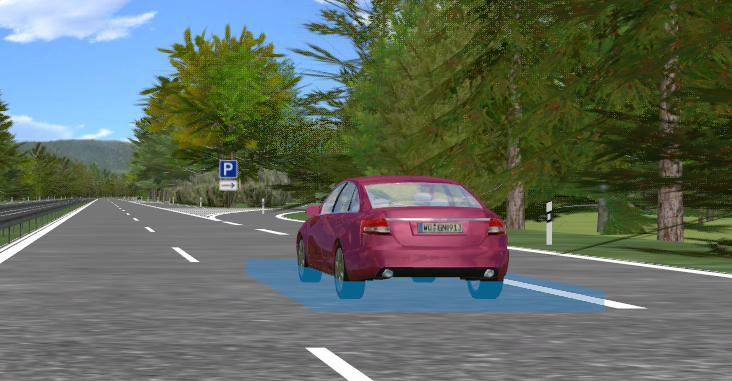
Highly automated vehicles: How drivers react to them
The more highly automated vehicles are on the road, the more slowly human drivers will drive as well. However, these drivers first need to develop a “mental model” in order to deal appropriately with highly automated vehicles.
In Germany, autonomous shuttles at most are being tested at walking speed in urban districts in one or the other pilot project. But this is set to change in the coming years. In 2050, about every twentieth vehicle in Germany will be autonomously controlled, and another 25 per cent will be highly automated, according to a forecast by Fraunhofer ISI. To understand how drivers of conventional vehicles deal with highly automated vehicles, Vanessa Stange from the Technische Universität Braunschweig invited motorists to take a seat in her driving simulator. Both conventional and highly automated vehicles travel on a realistically simulated motorway on the screen. Very different road users – professional drivers, commuters, novice drivers, and students – sat in the simulator one after the other and navigated mixed traffic.
In a driving simulator, scientists at the TU Braunschweig tested the behavior of human drivers in mixed traffic with automated vehicles.
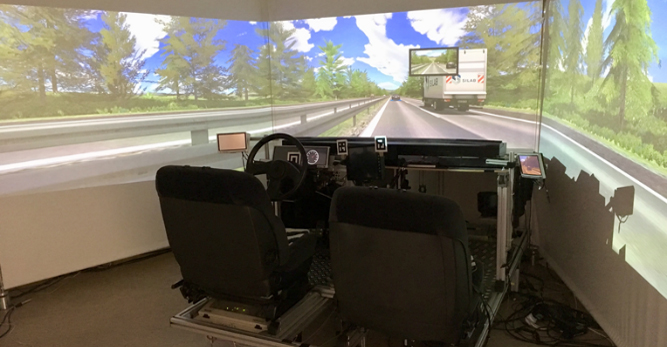

In a driving simulator, scientists at the TU Braunschweig tested the behavior of human drivers in mixed traffic with automated vehicles.
It is possible to take advantage of automated vehicles’ defensive driving style
Human drivers learn from their encounters with highly automated vehicles. In psychology, this is called a “mental model.” For an aggressive or hurried driver, this could mean quickly noticing when a highly automated vehicle in front is perceived to be keeping a lot of distance, and then passing it and cutting back in front of it, leading others to do the same. “There’s a risk that the highly automated vehicle will be pushed further and further back,” says scientist Stange. Other drivers, however, get into the more defensive driving style and adapt to it. During the “learning phase,” it can make sense to label the respective driving mode of the highly automated vehicle. This makes it easier for drivers to develop their mental model. The study showed that most people drive more slowly when more highly automated vehicles are on the road. “They don’t necessarily drive more defensively – drivers sometimes tailgate the highly automated vehicles because they are not used to such vehicles,” Stange observes.
A few of the study’s scientific findings in detail:
- Highly automated cars drive differently: In driving situations within the system limits, highly automated vehicles can be distinguished from human drivers by their rule-compliant, highly defensive behavior.
- During initial contact with highly automated vehicles, human drivers were seen to be less compliant and more aggressive in comparison to the highly automated vehicles, which maintained generous distances from the vehicle in front and adhered to all rules and speed limits.
- Upon frequent contact with automated vehicles, most human drivers were able to identify highly automated vehicles and no longer perceived great differences from human drivers. The automated vehicles were perceived to be “within the range of human driving behavior.”
- The defensive and rule-following driving of automated vehicles makes human drivers more likely to tailgate, with this likelihood increasing with greater numbers of highly automated vehicles are on the highway. The risk of rear-end collisionsmight increase, but this could potentially be avoided by labeling the driving mode of highly automated vehicles as such.
- Merging, lane changing, and passingby automated vehicles is perceived as pleasant and cooperative and is viewed positively. However, when at least one in four vehicles is highly automated, things change and human drivers perceive driving as more dangerous and unpleasant. Labeling the driving modes of highly automated vehicles does not change this.

“Human drivers are not prepared for this level of compliance with the rules and are taken by surprise, which can definitely increase the potential danger,” observes scientist Vanessa Stange.
The next stage of development: Situational awareness through artificial intelligence
Highly automated vehicles, and later autonomous vehicles, still behave “reactively.” They react to the situations that present themselves, but do not “think.” They lack the situational awareness of a human driver which, for example, would one day enable them to “correct” an accidental mistake made by another driver, as traffic psychologist Stange puts it. For example, if one driver has underestimated the distance to another vehicle while passing it, the other driver will slow down. “It would thus be desirable for autonomous vehicles to learn from human behavior,” says psychologist Stange, looking to the future. If and when this will happen is unclear. Not even psychological research is currently being conducted in this direction. In any case, it is likely not always a good idea to adopt human driving behavior with the help of artificial intelligence. It is true that the test subjects in the simulation study did not show any signs of road rage. But that doesn’t rule out the possibility that one or the other might display a completely different driving style when not observed by a team of scientists.
Click here for the complete study (in German) “Hochautomatisiertes Fahren im Mischverkehr – Reaktionen menschlicher Fahrer auf hochautomatisierte Fahrzeuge” (Highly automated driving in mixed traffic – reactions of human drivers to highly automated vehicles) by Vanessa Stange, Prof. Dr. Mark Vollrath, and Dr.-Ing. Matthias Kühn, published 12-2020.
WEITERE AKTUELLE THEMEN
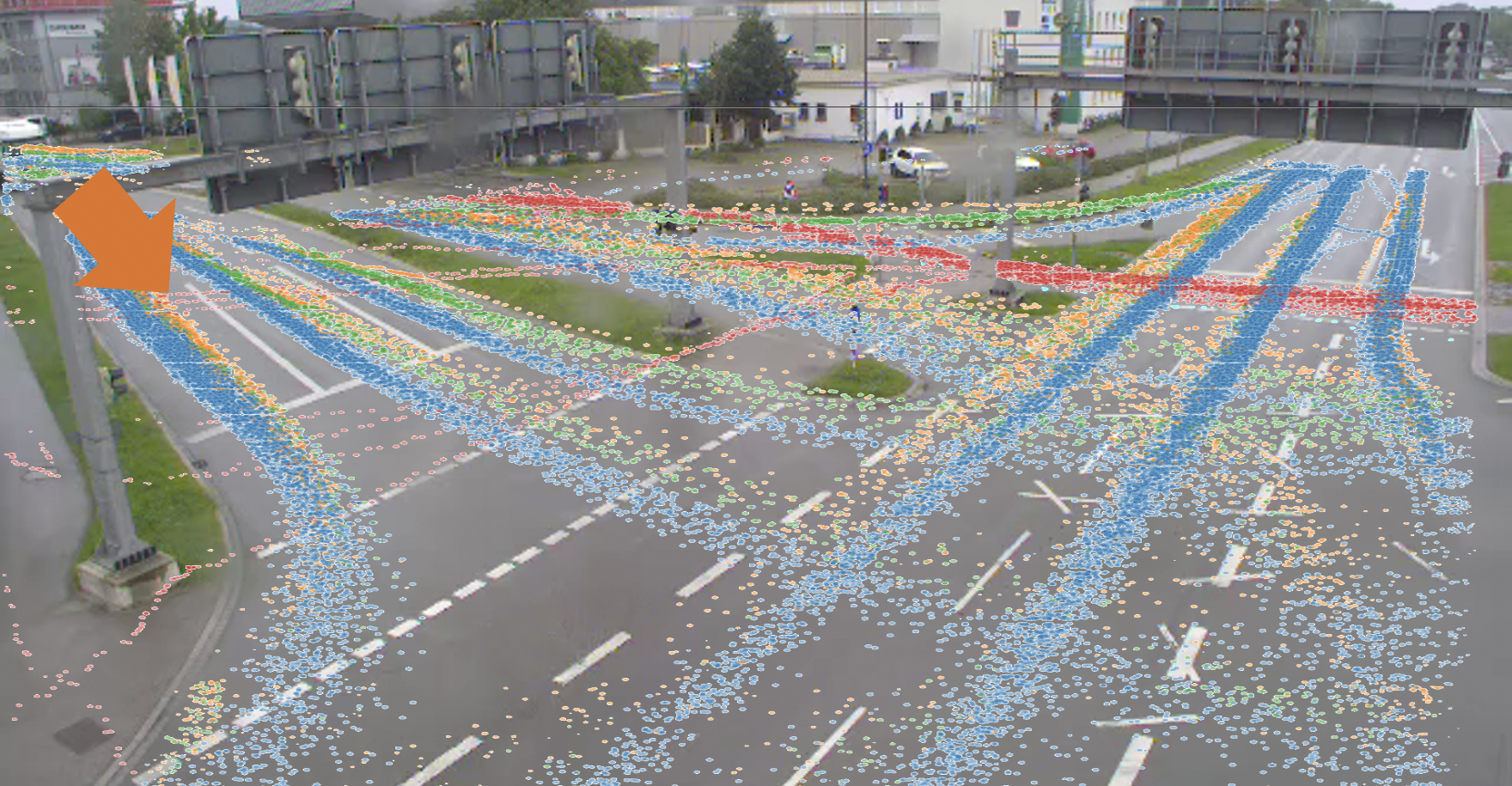
Cognition Factory: Evaluate and visualize camera data
Since the beginning of research on the digital twin, AI specialist Cognition Factory GmbH has focused on processing camera data. In the meantime Dr. Claus Lenz has deployed a large-scale platform
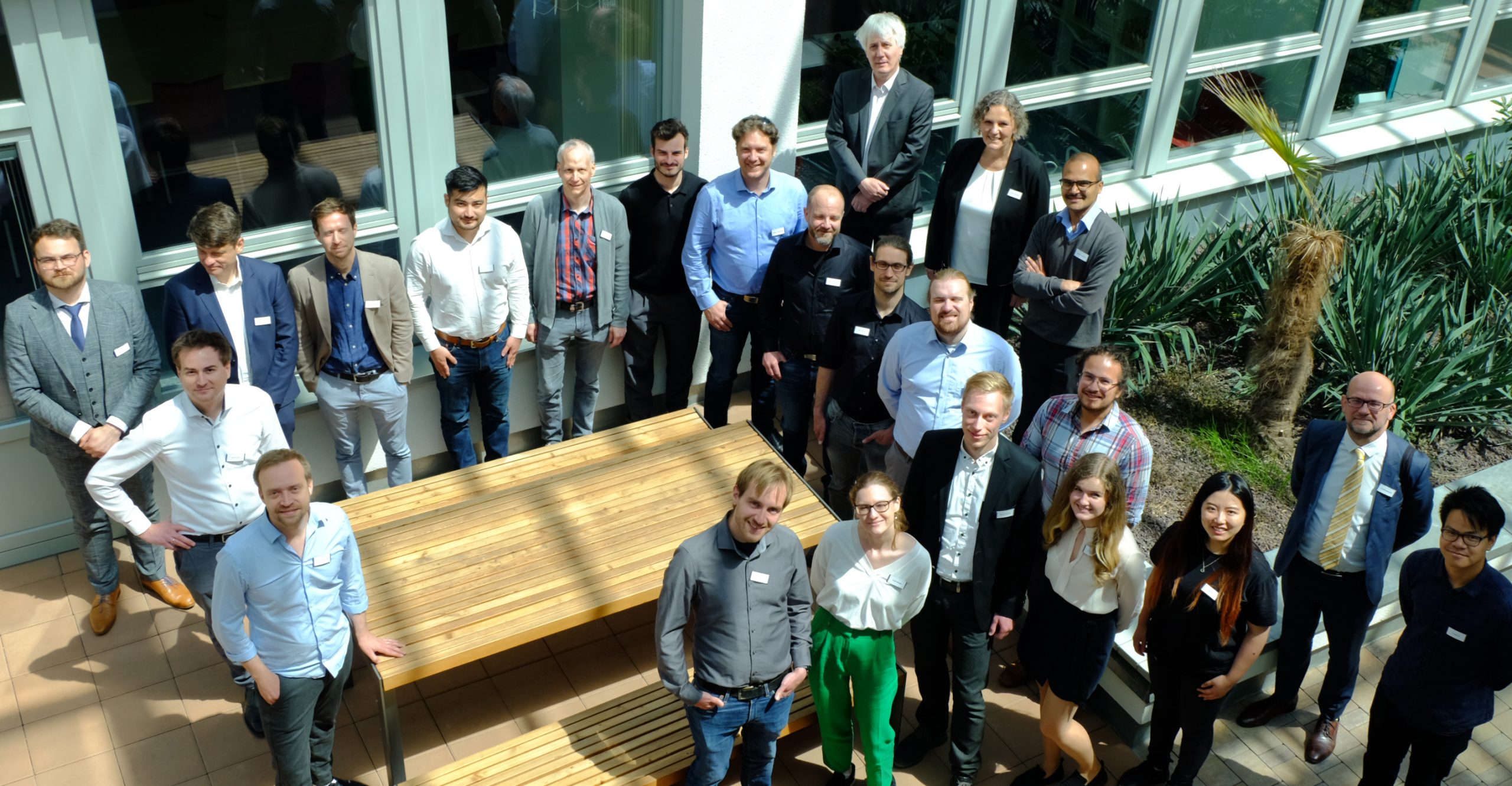
Digital real-time twin of traffic: ready for series production
Expand the test track, deploy new sensors, decentralize software architecture, fuse sensor data for 24/7 operation of a real-time digital twin, and make data packets public: TU Munich has decisively advanced the Providentia++ research project.
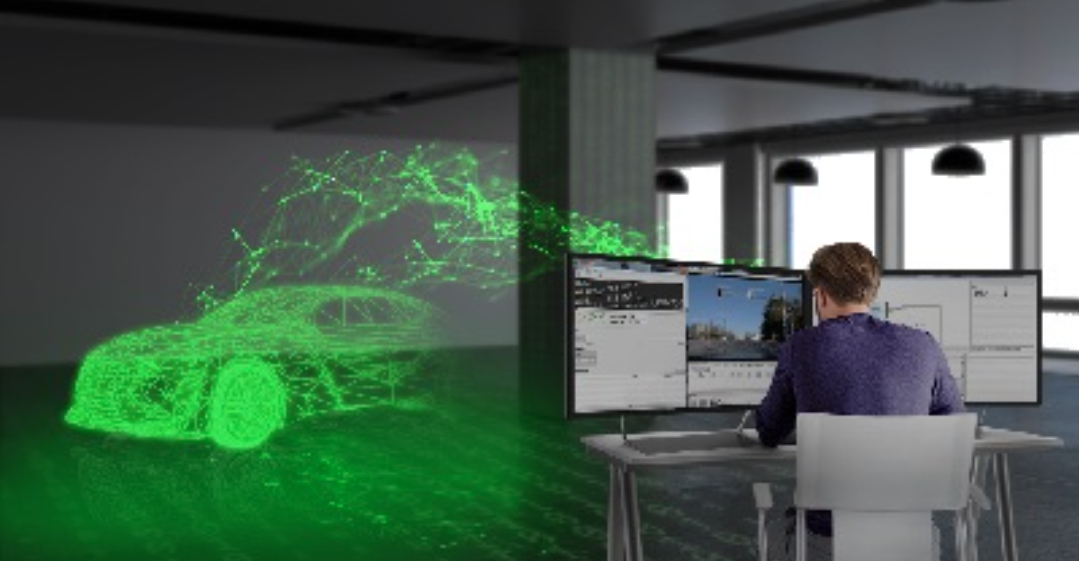
Elektrobit: Coining Test Lab to stationary data
Elektrobit lays the foundation for Big Data evaluations of traffic data. Simon Tiedemann on the developments in P++.
